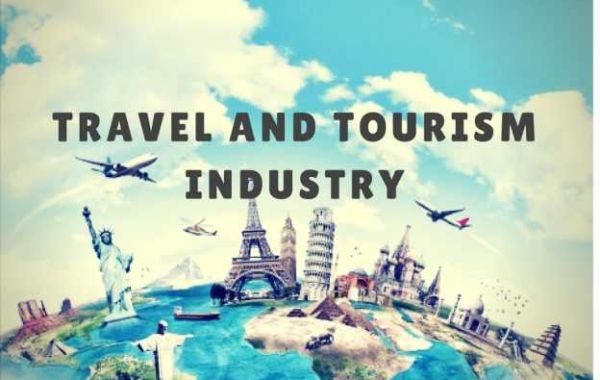Tourism in Asia is incredibly diverse, vibrant, and attracts millions of travelers from around the world. Asia is the largest and most populous continent, offering a rich tapestry of cultures, historical landmarks, natural wonders, culinary delights, and modern cities. Here are some key points about tourism in Asia:
- Cultural Heritage: Asia is home to numerous ancient civilizations and UNESCO World Heritage Sites, making it a treasure trove for history and culture enthusiasts. From the Great Wall of China and the Angkor Wat temple complex in Cambodia to the Taj Mahal in India and the historic sites of Kyoto in Japan, travelers can immerse themselves in centuries-old traditions, architecture, and art.
1. Natural Beauty: Asia boasts incredible natural landscapes that range from breathtaking mountains to pristine beaches, lush rainforests, and picturesque islands. Travelers can explore the towering peaks of the Himalayas in Nepal, experience the stunning Halong Bay in Vietnam, relax on the idyllic beaches of Thailand and Bali, or venture into the diverse ecosystems of Borneo or Sri Lanka.
1. Mega-Cities and Modern Marvels: Asia is renowned for its bustling metropolises that blend ancient traditions with modernity. Cities like Tokyo, Seoul, Shanghai, Singapore, and Hong Kong showcase futuristic architecture, vibrant street life, shopping districts, and world-class dining. These urban centers offer a glimpse into Asia's rapid development, technological advancements, and cosmopolitan culture.
1. Culinary Delights: Asian cuisine is celebrated worldwide for its diversity, flavors, and unique cooking techniques. Each country in Asia has its own culinary traditions and specialties. Travelers can indulge in delectable dishes such as sushi in Japan, dim sum in Hong Kong, pad Thai in Thailand, pho in Vietnam, kimchi in South Korea, and curry in India. Exploring the local street food scenes is a must for food enthusiasts.
1. Adventure Tourism: Asia offers a wide range of adventure activities for thrill-seekers. From trekking in the Himalayas and exploring remote mountain villages to diving in the waters of the Philippines and surfing in Bali, adventurers can find endless opportunities for outdoor pursuits. Other popular activities include wildlife safaris, white-water rafting, paragliding, and zip-lining.
1. Spiritual and Wellness Tourism: Asia is a hub for spiritual seekers and wellness enthusiasts. Countries like India, Nepal, Thailand, and Bali are known for their yoga retreats, meditation centers, and wellness resorts. Travelers can experience spiritual traditions, participate in meditation and yoga classes, and rejuvenate with traditional spa therapies and wellness practices.
1. Festivals and Celebrations: Asia is known for its vibrant festivals and celebrations, which provide a unique insight into local cultures and traditions. From the colorful lantern festivals in Taiwan and Thailand's Songkran water festival to India's Holi festival of colors and China's Lunar New Year celebrations, travelers can witness and participate in lively cultural events throughout the year.
1. Connectivity and Infrastructure: Asia has seen significant investments in infrastructure, making travel within the region relatively convenient. Major international airports, extensive railway networks, and well-developed transportation systems connect various destinations, making it easier for travelers to explore multiple countries and cities during their visit.
It's important to note that due to the vastness and diversity of Asia, each country and region within Asia offers its own unique tourism experiences. Travelers should research and plan their visits according to their interests, preferences, and desired experiences. Additionally, it's advisable to check travel advisories, visa requirements, and local customs before visiting any Asian country.








